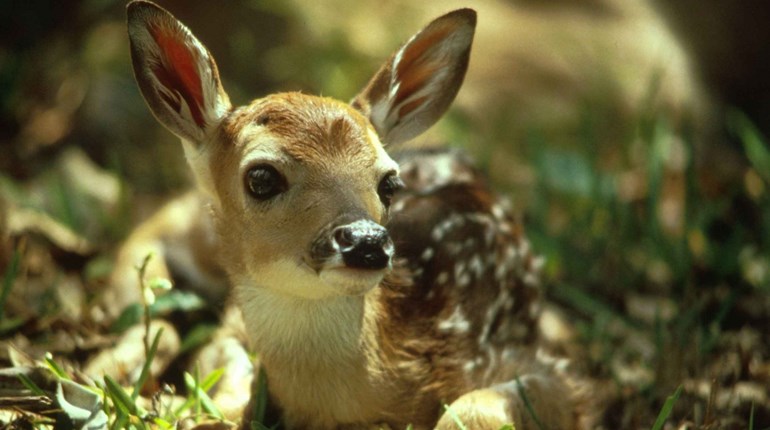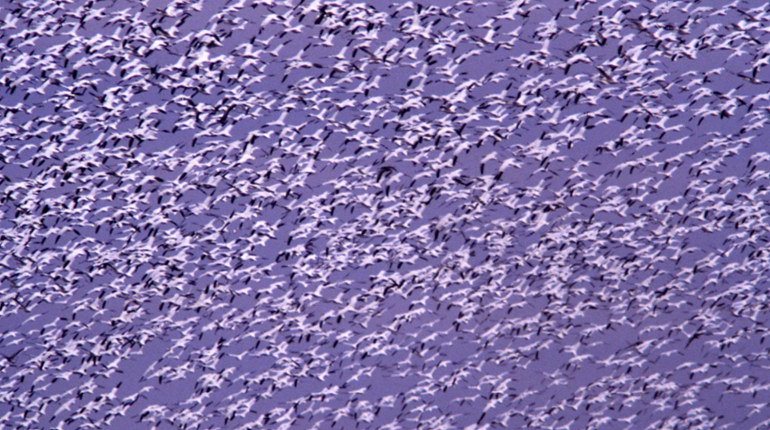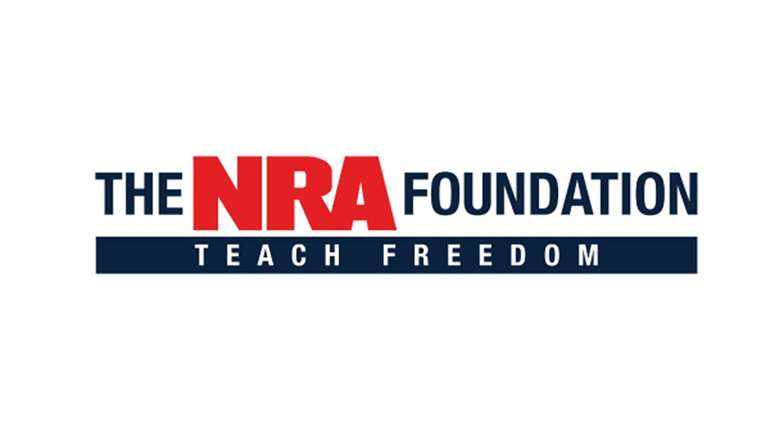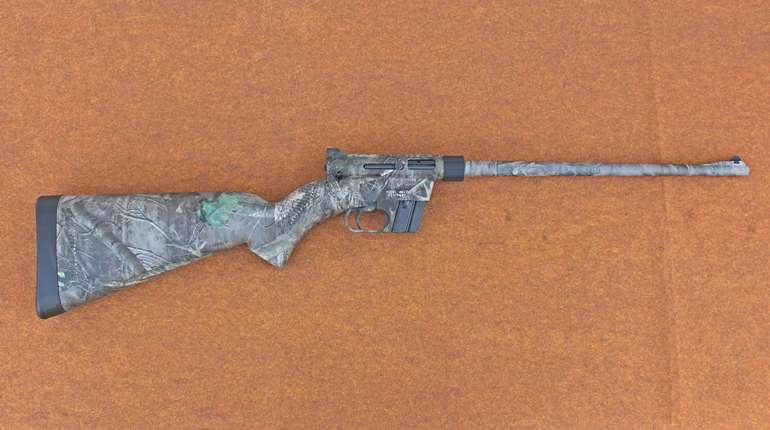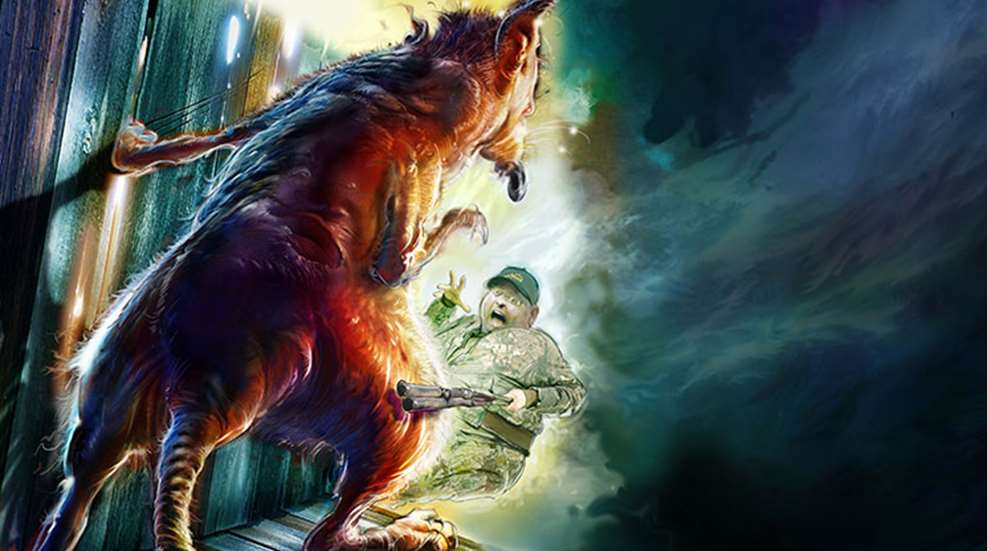
Golden aspens glowing in the first rays of morning sun; the rhythmic pace of a sure-footed steed as he climbs the mountain trail; an endless view of rugged country so remote it’s populated only by game; a bugle echoing somewhere below in the dark timber … these are the best parts of elk hunting.
We had none of these.
To make up for it, our accommodating guide Tony Bohrer gave us comfortable chairs. Folding camp chairs, sure, but the heavy-duty kind with a solid back that lets you slouch down nice and low in a state of semi-sleep when the action is slow. Since our blind across the sage flat was virtually within sight of the truck and downhill from it to boot, Tony graciously volunteered the effort required to carry the chairs for us. By the looks of his build, he could have toted an upholstered recliner to the spot. One with cup holders and oversized armrests. Had I known how long we’d be sitting there, I would’ve suggested it.
The cardinal rule on a guided hunt is to trust your guide. You do this partly because the guide is supposed to be an expert on hunting the local game, and partly because you paid for the service and you’re going to get your money’s worth out of the guy. However, when it’s the second rifle season for elk in northwestern Colorado and the guide wants to spend the week sitting in a blind, which is situated on a 200-acre property so flat and treeless that it could barely hide a jackrabbit, it’s easy to question the plan.
As Tony led the way through the sage, my doubtful mind was working in overdrive. I pulled my license from my pocket and looked at it closely. Yes, that’s what I thought: It did have “elk” printed on it.
“Tony,” I said, “just so we’re clear, I don’t have an antelope tag.”
“Don’t worry,” he replied. “They’re not in season anyway.” Despite the bright red chairs slung over his shoulder, he managed to shoot me a squinty-eyed glance of confident expertise. “The bulls were here this morning, weren’t they?”
Well, he had a point there. At first light Tony had called two young bulls right into my lap. Bigger bulls bugled from the alfalfa field bordering the river a half-mile away. Of course we didn’t have permission to hunt the alfalfa field, so we set up in the sage and Tony cow-called. The two youngsters ran right in. The bigger bulls (at least they sounded bigger) faded into the scraggly trees along the river. So the elk were in the area, and I guess Tony’s idea to bring us back here for the afternoon wasn’t a bad one. Still, I would have been surprised if any self-respecting bull crossed this piece of land in broad daylight.
When we arrived at the blind, the situation became even more unlikely. Nailed to the side of a giant cottonwood tree 10 feet above the ground was a home-built structure the size of a utility shed. The kind that has enough interior capacity to hold a small tractor with space left over for a snow-blower and a wheelbarrow. It was a blind in the sense it was erected to hide hunters from elk, but its four barn-wood walls, panoramic window cutout and tin roof made it seem more like a treehouse for children from a well-off family.
“Jimmy built it for bow season,” Tony said, proud of his guide, who also happened to be his cousin and something of a local handyman. “He’s seen a bunch of elk out of this blind. They feed in the alfalfa and come through this sage all the time. We’ll just wait for them.”
Tony, having been an elk guide for 20-some years, knew how to sell us on the plan. Phrases like “that’s a trophy unit just across the river” and “we know the elk are here” and “those bulls won’t be able to resist my sweet cow sounds” flew from his lips like he made a living on a used-car lot. Entranced, my host, Kevin Howard, and I nodded our heads in complete agreement. We had no choice but to trust our guide. He was, after all, the pastor of the Lighthouse Church in Craig and generally regarded by the community as an honest man.
There was just one thing standing between Tony and his surefire plan for waylaying an elk from Jimmy’s blind.
“You’ll have to climb up first and make sure the packrat isn’t in there,” he said with a slight quaver in his voice. “I hate packrats. They give me the creeps.”
“Are you serious?” I asked, almost laughing at my 6-foot-2, 250-pound guide. “Scared of a packrat?”
“Jimmy said that packrat was always in there in bow season,” Tony replied. “If it’s in there now, I’m not getting in that blind. Those things are nasty.”
“All right, I’ll go look,” I said.
“Be careful,” Tony warned as he took a couple steps backwards, away from the blind. “I’ll hold your rifle.”
Shaking my head, I ascended the ladder to the packrat’s supposed lair. The packrat was nowhere to be found, but I couldn’t deny its previous presence. Two huge piles of sticks, bark, leaves, seeds, grass, rocks and elk turds were crammed into the corners of the blind, carried there by one very industrious rodent with a hording complex made for reality TV. It had even managed to add a few old bones and pieces of antler to its midden, prized possessions I’m sure.
“It’s not in here,” I reported, “but there’s two nests.”
“It might be in one of those nests!” Tony gasped, his words so quick they were nearly frantic. “Can you clear them out?”
“Stand back,” I said, as I readied to shove the debris out the door of the blind with my boot. The heads-up was meant more for Kevin than Tony. Our guide was a good 20 feet away, keeping a sizable sage bush between him and the blind.
Ten minutes and a good 50 pounds of jettisoned packrat knickknacks later, Tony deemed the blind safe for hunting. Kevin and I settled into our chairs, periodically glassing the field and river bottom in front of us. There was plenty of room inside the blind for all three of us to stretch out, but Tony chose to stand in the doorway, one foot on the blind floor and one on a cottonwood branch. It was obvious he was prepared to make a quick exit should the packrat appear.
The hours crawled by with no sign of the elk returning, but Tony remained hopeful and issued constant pleads to whatever bull may be within earshot of his cow call. Having closely studied the methods of the legendary elk caller Wayne Carlton, Tony was of the mindset that if he called to them, they would come. Never mind there was no response from the elk in the midday sun: As long as a bull could hear his calls, Tony was going to call him in for us. I admired his optimism but also wondered if he was calling simply to take his troubled mind off the packrat.
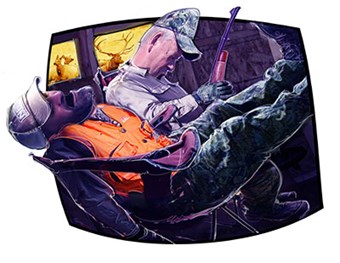 Between Tony’s blasts on the reed, Kevin and I debated the relative merits of various states of repose offered by our chairs. He seemed to get the most relaxation with his legs bent at the knees and his chin resting on his chest. I, on the other hand, preferred to extend my legs, brace my feet against the sturdy blind wall in front of me and let my head lean to the side. Judging by the light snores coming from his corner of the blind, I think Kevin won the argument. No doubt the heavy lunch he had at the local diner helped him make his case. I did my best to rebut, but I took too long to build my argument.
Between Tony’s blasts on the reed, Kevin and I debated the relative merits of various states of repose offered by our chairs. He seemed to get the most relaxation with his legs bent at the knees and his chin resting on his chest. I, on the other hand, preferred to extend my legs, brace my feet against the sturdy blind wall in front of me and let my head lean to the side. Judging by the light snores coming from his corner of the blind, I think Kevin won the argument. No doubt the heavy lunch he had at the local diner helped him make his case. I did my best to rebut, but I took too long to build my argument.
Luckily, as the sun approached the horizon its light filled the inside of the blind and woke us up. We exchanged yawns and odd glances. Sensing my host was either embarrassed that he had dozed off or ashamed of me because I had, I quickly shifted the attention to our guide.
“Tony, I understand why some people are afraid of snakes and spiders,” I said. “They bite, and the poisonous ones can kill you. But packrats? They seem pretty harmless.”
“Packrats can bite you, too,” Tony replied. “They have pretty big teeth. You never know where one could be hiding. They get into everything. If you surprise one or get it cornered, it can be mean!”
He put down his elk call and swiped through the pictures on his cell phone.
“Look at this,” he said, handing me the phone. “Here’s a huge one that was living in our storage building.”
On one side of the snapshot was Tony. On the other was a packrat. Separating man from rodent was a 2-by-4 that looked to be at least 8 feet long. Even though the photo was taken at some distance from the subjects, the horror on Tony’s face was plain to see.
“You were well-armed to defend yourself,” I said, pointing at the hefty plank of lumber Tony held in a white-knuckled grip. “I think a broom would have done the trick.”
“No way,” he shot back, shaking his head so forcefully I worried he might lose his balance and fall off the cottonwood branch. “That piece of wood was the longest thing I could find in a hurry. Look, there’s an elk.”
I could tell Tony was becoming uncomfortable with the conversation. When a cow emerged from the trees along the river, he seized the opportunity to change the subject.
“Here come some more,” he continued, scanning with his bino. “There’s gotta be a bull in there with them.”
As much as I enjoyed prompting Tony to relate his tales of packrat terror, it was time to get serious. We were there to shoot an elk; packrat-related matters could wait until we got back to camp. Maybe.
A progression of elk soon filed from the river bottom and filled the field in front of the blind. Dozens of cows grazed hungrily on the alfalfa, and three beautiful bulls cavorted through the herd. No doubt these heavy-antlered 6x6s spent most of their time in the trophy unit across the river, just like Tony had mentioned. The guy wasn’t kidding. The blind may have been the best place to kill a big bull with an over-the-counter tag in all of Colorado.
There was a catch, though. The elk had come for the alfalfa, and they were content to feed far from the boundary of the property on which we had permission to hunt. Tony’s solution was to call mightily, hoping to pull a bull across the field. He was doing a pretty good job of working the bulls into a bugling frenzy when he suddenly spit the call from his mouth.
“Did you hear that?” he whispered in a short burst of air.
“Yeah,” I said, “they’re bugling like … ”
“Not the elk,” Tony interrupted. “In the blind. I think that packrat is back!”
When the first elk had appeared in the field, Tony was forced to leave his perch on the cottonwood branch for the concealment of the blind. Now, as darkness fell, his worst nightmare was coming true.
“I swear I heard its claws on the walls,” he said, reaching for the shooting sticks leaning against the blind. “You know, packrats can climb like squirrels. It would have no problem crawling along these walls.”
Tony’s head spun left and right like it was on a swivel. I stifled a laugh and tried to concentrate on listening. A few moments later, I heard small, scratchy sounds coming from the corner of the blind behind Kevin.
“There it is. I see it!” Tony half-shouted, forgetting about the elk. “Kevin, watch out!”
With a maneuver worthy of a fencing match, Tony thrust the shooting sticks past Kevin’s shoulder like a foil. They met the wall of the blind with a thud. Tony put so much force behind his jab that the whole blind shook. I felt the floor vibrate beneath my feet.
“Missed him,” Tony said with disgust. “He’ll be back. We need to get out of here but I don’t want to spook those elk. Let me know if you see that packrat.”
The bulls had abruptly stopped bugling, and all was quiet. Poor Tony was in a bad spot. I could feel the tension in the air. Already leaning forward in my chair, I slowly extended my hand toward the wall of the blind. A few quick drags of my fingernails across the wood sounded remarkably like the packrat’s claws. I watched Tony’s silhouette stiffen and bit my tongue to keep from laughing.
Patience was key. I told myself not to overdo it. I could barely wait two minutes before I scratched my nails on the wood again. Tony’s head jerked to the side, and he lifted the shooting sticks.
“There it is again,” Tony sputtered. “Do you see it? I can’t tell where it’s at.”
Wait for it … Wait for it … I told myself as I felt my eyes start to water. Let it build …
Tony slowly spun in circles as he scanned the inside of the blind for movement. The sticks were poised to bring swift retribution against his furry foe. As he turned his back to me, I did the fingernail trick once more, combining the scratches with a few soft thumps of my boot on the blind floor.
The finishing touch came when I grabbed Tony on the back of his leg.
Perhaps because he had spent the afternoon blowing into his elk call, Tony’s high-pitched response to my grasp sounded much like a cow mew. I’m not sure if it was his head or the shooting sticks, but something made solid contact with the blind roof. Since Tony was holding the sticks low like a golf club, I’m going with his head.
“I hope you never kill an elk!” Tony blasted when he realized he wasn’t being attacked by the packrat. Of course it’s ideal to have the guide on your side at all times during a hunt, but at that moment, I was laughing too hard to care.
■■■
Tony Bohrer of Ivory Tip Outfitters eventually recovered from his scare and, despite his cursing my luck, two days later he called in a bull for me. It was an easy, 40-yard shot from the blind with my Savage American Classic in 7mm Rem. Mag., but we lost sight of the bull as it ran and Tony convinced me I had missed. Looking back on it, I think he had Kevin in on the deal, because both of them shrugged their shoulders and shook their heads when I asked them what they thought could have happened. They played me good, glassing the head-high sage for signs of a wounded elk and waiting 30 minutes before getting down to look for blood. When Tony walked a straight line to the dead bull, which my untrained eyes couldn’t see through the sage, I realized the joke of the week was on me. Funny guy, that Tony.














